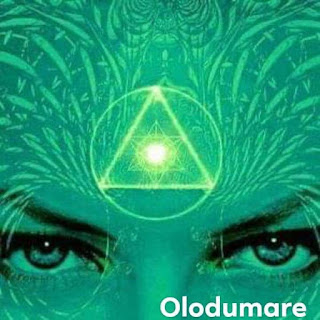l
The presence of the divine Adjuster in the human mind makes it forever impossible for either science or philosophy to attain a satisfactory comprehension of the evolving soul of the human personality. The morontia soul is the child of the universe and is the only can know through cosmic insight and spiritual discovery.
The concept of a soul and of an indwelling spirit is not new to Urantia; He has frequently appeared in various belief systems on the planet. Many of the Eastern faiths, as well as some Westerners have perceived that man is divine in his lineage, as well as human in inheritance. The feeling of the inner presence in addition to the external omnipresence of Deity has long been part of many Urantian religions. Men have long believed that there is something growing within the human nature, something vital that is destined to endure beyond the short span of temporal life.
Before the man realized that a divine spirit engendered his evolving soul was thought to reside in different physical organs: the eye, liver, kidney, heart, and later, the brain. The savage associated the soul with blood, breath, shadow and even with the reflection of I in water.
The concept of the atman the Hindu teachers really approximated an appreciation of nature and presence of the Adjuster, but were unable to distinguish the copresence of the evolving soul and potentially immortal. Chinese yet recognized two aspects of the human being, the yang and yin, the soul and spirit. The Egyptians and many African tribes also believed in two factors, the ka and the ba; usually not considered preexisting soul, only the spirit.
The inhabitants of the Nile valley believed that each favored individual had bestowed, at the time of birth or shortly thereafter, a protecting spirit which they called the ka. They taught that this guardian spirit remained with the mortal subject throughout life and passed before him into the future state. On the walls of a temple of Luxor, the birth of Amenhotep III is illustrated, and the little prince is portrayed in the arms of the Nile god, and near him is another child, identical in appearance to the prince, who is a symbol of that entity which the Egyptians called the ka. This sculpture was completed in the fifteenth century BC.
The ka was considered a superior spirit genius which desired to guide the associated mortal soul into the better paths of temporal living but more especially to influence the fortunes of the human subject in the hereafter. When an Egyptian of this period died, it was expected that his ka would be waiting on the other side of the Great River. At first, it was assumed that only kings had ka, but eventually came to believe that all righteous men possessed. One Egyptian ruler, speaking of the ka within his heart, said: "I did not disregard his words; He feared to transgress its guidance. I therefore greatly thrived; I succeeded so under what induced me to do; I was distinguished by its guidance. " Many believed that the ka was "an oracle from God in everybody."
Every race of evolving Urantia mortals has a word equivalent to the concept of the soul. Many primitive peoples believed the soul looked at the world through human eyes; why so intensely they feared the malevolence of the evil eye. They have long believed that "the spirit of man is the lamp of the Lord". Rig Veda says: "My mind speaks to my heart."
Presented by a Solitary Messenger of Orvonton
Presented by a Solitary Messenger of Orvonton


No hay comentarios:
Publicar un comentario
No se admiten comentarios con datos personales como teléfonos, direcciones o publicidad encubierta